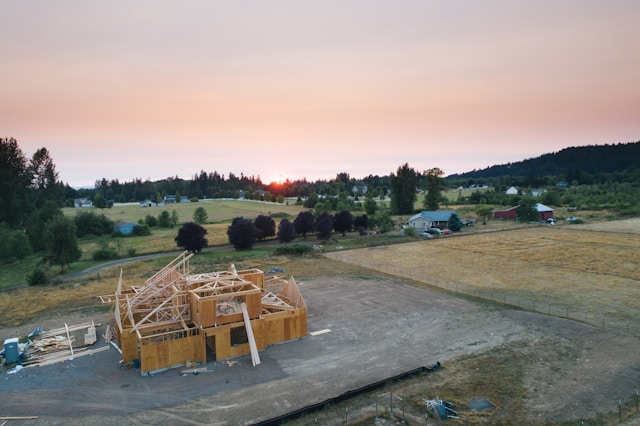Nestled deep in the industrial and commercial centre of a major metropolitan city, a vertical farm has sprouted indoors and its backers are reaching for the stars.
Researchers based in Melbourne’s Docklands are working with the space agency NASA to design plants that can be grown on Mars and the moon in what could be a game changer for life on earth.
Nadun Hennayaka, founder and chief executive of the Gaia Project Australia, leads the team trying to improve food security in sustainable ways.
Mr Hennayaka said their methods could be applied to a third of the world’s crops and double the number of plants grown in controlled environments.
“It’s creating a solution for how we can generate more output with limited resources,” he told AAP.
The project is focused on boosting output while using less water, power and nutrients.
Mr Hennayaka uses lettuce as an example.
“In traditional greenhouses, the maximum amount of lettuce you can grow is around 15 to 25 plants per square metre,” he said.
“Our systems can grow a minimum of 50 plants, doubling the output.”
Mr Hennayaka said some traditional crops including potatoes and carrots could not be replaced but about 30 per cent of crops could.
“You can use that reclaimed land to grow other crops rather than cutting down the forest to create new land to grow crops,” he said.
Just how space technology can help agriculture will be explored at a major agrifood conference next week in Adelaide.
Evoke Ag boss John Harvey said space research was helping tackle some of earth’s biggest challenges.
“By 2050, globally there will be an additional two billion people to feed, 10 billion total,” Mr Harvey said.
“Coupled with current global forces, climate change, and the increasing cost of inputs, now’s the time to come together …to address these issues.”
The “Down to Earth” event will bring together scientists, farmers, inventors and business leaders from across the globe.
But Mr Hennayaka said one of the biggest problems was convincing people it wasn’t pie-in-the-sky technology.
“Sometimes people have doubts on believing the technology can be that good,” he said.
The startup is part of a program run by the Australian Research Council, which has established a centre of excellence in plants for space to create on-demand, zero-waste, high-efficiency plants.
Centre director Matthew Gilliham describes space as farming’s new frontier and is confident it will help solve problems faced on earth.
“The amazing thing about space is that it inspires like no other medium that I’ve really seen,” he said.
“Doing something so impossibly difficult will bring you new solutions.”
More than 2000 inventions have come from space technologies, including lighting for indoor plants and satellite data to determine soil carbon levels.
“The traditional view of space ag is satellite imagery and apps on phones crunching data but the high-value production there is going to be growing markets for those,” Professor Gilliham said.
There are plans to grow plants on the moon by the 2030s and on Mars by the following decade, while space-inspired plants will be grown on earth within three years.
“The yield potential of these new environments far outstrips the traditional broadacre agriculture but we still don’t understand the biology of how this occurs,” Prof Gilliham said.
He’s interested in how space technology can address global hunger, which he said would require a revolutionary change to food production.
“Where it’s practical, efficient and makes economic sense, we would be very wise to make better use of these forefront technologies.”
Liv Casben
(Australian Associated Press)






